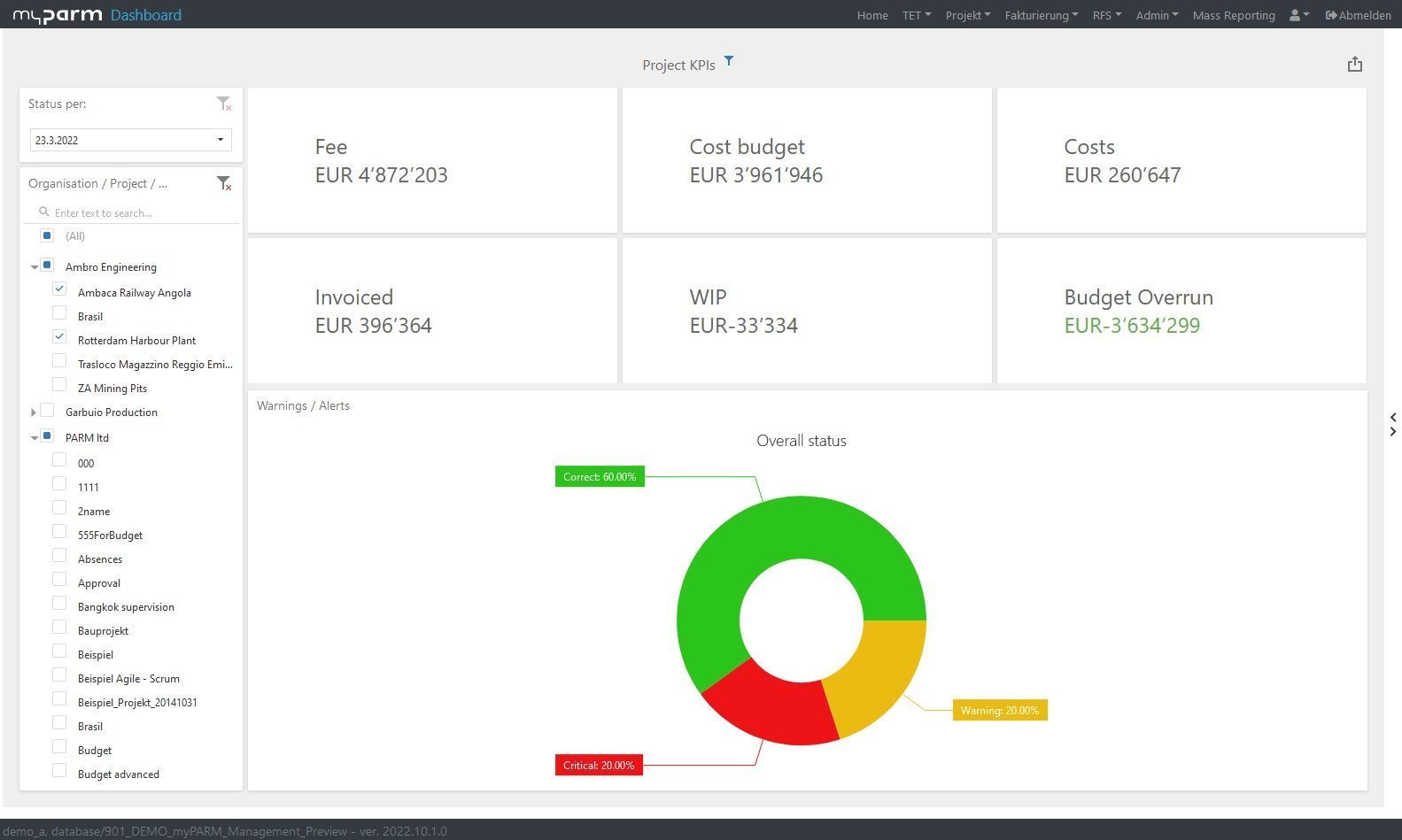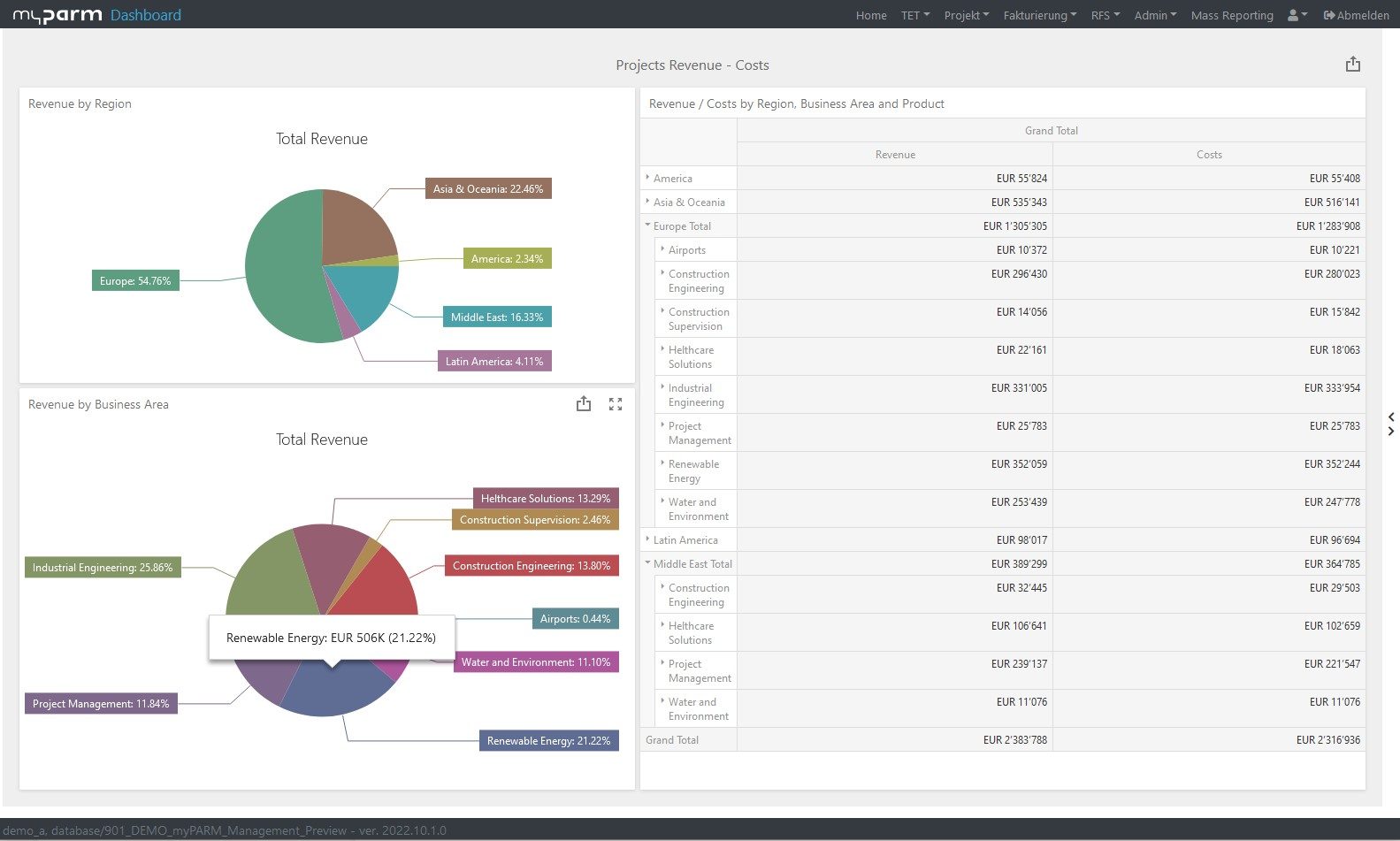Project budget exceeded – and now?
Here’s what you can do if it happens, and how to prevent it

Even the best project manager may find that a project exceeds its planned budget. No matter what the reason, quick action is now required. After all, going over budget will not only affect your reputation as a good project manager, but can also negatively impact your company’s productivity, profit and strategy, as well as that of your stakeholders.
Why can a project exceed its budget and how can this be prevented?
There are countless reasons why a project can exceed its budget, for example:
- Incorrect estimation: If the effort estimate at the beginning of the project was too optimistic, the budget was planned too low. Estimating effort as accurately as possible is a difficult task, especially at the beginning of a project. To find out how you can still succeed and how you can avoid going over budget, read the article on estimating effort .
- Scope: The scope of the project has increased or the target of the project has changed. This can be the case, for example, if your client asks for additional features in a project, but the budget is not adapted to it. Some clients often ask for the smallest changes to the project that can be done quickly and easily. But even small changes quickly add up to a large item. Of course, there is nothing wrong with implementing a minor change without additional budget to please your client. However, this should be a one-time deal. If your client asks for further changes, the budget should be increased for everything that goes beyond the original scope of the project. If even the actual goal of the project has changed over time, your budget should definitely be adjusted to meet the new requirements. In order to maintain transparency in the project, we recommend that the changes in scope and the resulting additional costs be handled professionally by means of change or supplementary management.
- External factors: Inflation, for example, may mean that your suppliers have to increase their prices. Especially if your project has a very long duration, if it had to be stopped for some time, or if the project calculation took place at a time when prices were very low but are now increasing, this often becomes a problem. If you are aware in advance that your project will have a very long duration, it is advisable to consider this when contracting with your suppliers and to build in appropriate safeguards.
- Poor use of resources: You may be using unnecessarily expensive resources for your project, or your resources simply cannot work efficiently. This can be the case, for example, if project staff have to constantly switch between different projects so that they cannot focus on one of them. If you take this into account when planning your resources, you can choose the optimal resources for your project. You can also provide your project team with time management methods, such as the Pomodoro technique, so that they work as efficiently as possible.
- Poor budget management: If you do not have a good grip on your existing budget from the beginning, it is possible that too much money is spent on less important things or you lose track of how much has already been spent. Especially at the beginning of a project, when there is still a lot of budget, people like to pay little attention to costs. However, if you keep a close eye on the status of your budget and running costs right from the start, you should have few negative surprises. A periodic budget review is recommended here.
- Exceeding the planned duration: If a project takes longer than planned, this will increase the costs. Therefore, plan your projects with foresight, consider where difficulties may arise and prepare a risk analysis. Take measures against the risks, manage your projects vigilantly and always keep an eye on their status. This way, you can intervene early if you notice that your project is running late.
You can read which key figures help you to recognise whether your project is over budget and how they can serve as an early warning indicator in the blog post Earned Value.
Check project status and set up action plan
If you realise that your project budget has been exceeded, it is important to first find out exactly where the problem started. Only in this way can you develop an optimal solution. Once you have found the reason, you should also check whether it affects other areas of the project, such as project duration, scope, quality, resources or risks.
With the information gathered, you can now weigh up alternative solutions.
1. Reduce costs:
A first step could be to try to reduce costs. You can achieve this in different ways:
- Swap resources:
Swap resources for less costly options. For example, you can swap a very experienced employee who is under-utilised for one who has less experience and is therefore less expensive. However, you should bear in mind that the employee may need time to get used to the new project and may need more time for the individual tasks. Therefore, you should only make such a change if your project is not time-critical. In some cases, on the other hand, it may make sense to replace a less experienced employee with a very experienced one, as the higher level of expertise could save time and thus costs.
The same applies to materials or services that are needed: You can try to switch to a cheaper option if this does not negatively affect time and quality or if these factors are less critical. Alternatively, you can switch to better-engineered material if it saves you sufficient critical project time. - Reduce unnecessary costs:
Also check whether there are costs that could be avoided. These could be, for example, frequent trips to consult with the client that could be done less often or where you could switch to less expensive options. It could also be expensive hardware or software licences that not all employees actually use, and much more. If you save such costs, you may be able to stay within your budget without having to change anything in the project itself. - Negotiate with suppliers:
Negotiating with suppliers is always an option to save costs. Your supplier might be able to accommodate you with a price reduction or reverse a price increase so that you can stay within your project budget.
2. Absorb costs internally:
Even if this should not be the rule, in some cases it can make sense to absorb the additional costs internally, for example in order not to jeopardise the good relationship with the client. In this case, for example, employees can continue to work on the project without charging it to the project. But it could also be that, for example, increased material costs are absorbed by your own company.
3. Adjust scope:
If your client has subsequently increased the scope of the project, one solution may be to return to the original scope or to renegotiate. Also, check carefully whether there are any tasks or requirements for the project that are not necessary from the client’s side. For example, it may be that a lower quality deliverable is quite sufficient, or that you have included features in a product to be developed that are not important to the client. If you can change the priorities in this way, the scope of the project will also be reduced and with it the costs.
If your project is under time and cost pressure, you can also introduce a “scope freeze” for further changes. This means that you will only complete planned work and no further changes will be accepted in order to stay within budget.
4. Adjust the budget:
If you have already planned a contingency for the budget in the original effort estimate, you can use this to absorb the increased project costs. However, if you do not have a contingency or if it has already been used up, you can ask for more budget. This should only be done if you have already exhausted all other possibilities. Furthermore, in this case you should make sure that you estimate exactly how much additional budget you will need. In this way, you will avoid having to ask for a budget increase several times within a short period of time. Also bear in mind that for a client it only makes sense to adjust the budget if he or she is partly responsible for the increased costs or if there are external circumstances. If you have misestimated the effort yourself, or if you have poor budget or resource management, it will be difficult to ask the client for more funds.
Communication with stakeholders
Once you have gathered all the important information, you should inform all stakeholders – whether you want to ask them to increase the budget or to agree on the necessary changes to the project. Aim for an open conversation in which you present the reason for the budget overrun, the effects and the possible solutions. This way you can make it clear to all project participants why a change is necessary and promising.
Inform the team and implement changes
Also inform your team about what has happened and what changes will now be made. This way, your staff will know what is expected of them and what their current priorities are. Your staff may also have other ideas on how to stay within the budget. Afterwards, you can implement the changes.
Conclusion
Exceeding the project budget should not happen, but surely every project manager has been confronted with such a situation at some point. Planning ahead can prevent a project from becoming too expensive. If the costs do get out of hand, a clear analysis, quick action and open communication with the stakeholders and the team are required.
Even though cost overruns are not always avoidable, as a project manager you should not get into the situation where your budget is already used up after implementing a small part of the project and you are caught completely by surprise. The sooner you realise that the budget is being exceeded, the better you can intervene in what is happening. Therefore, constant real-time monitoring of your projects is necessary. This is particularly easy with dashboards in your project management software that are adapted to your needs, with which you monitor the most important project key figures, as well as an early warning system that automatically informs you when threshold values defined by you are exceeded. This way, you can intervene at an early stage if a budget overrun becomes apparent. In addition, good reporting helps you communicate with your stakeholders and creates the necessary transparency.
More about the project management software myPARM:
Would you like to get to know myPARM in a demo presentation? Then make an appointment with us right away!


